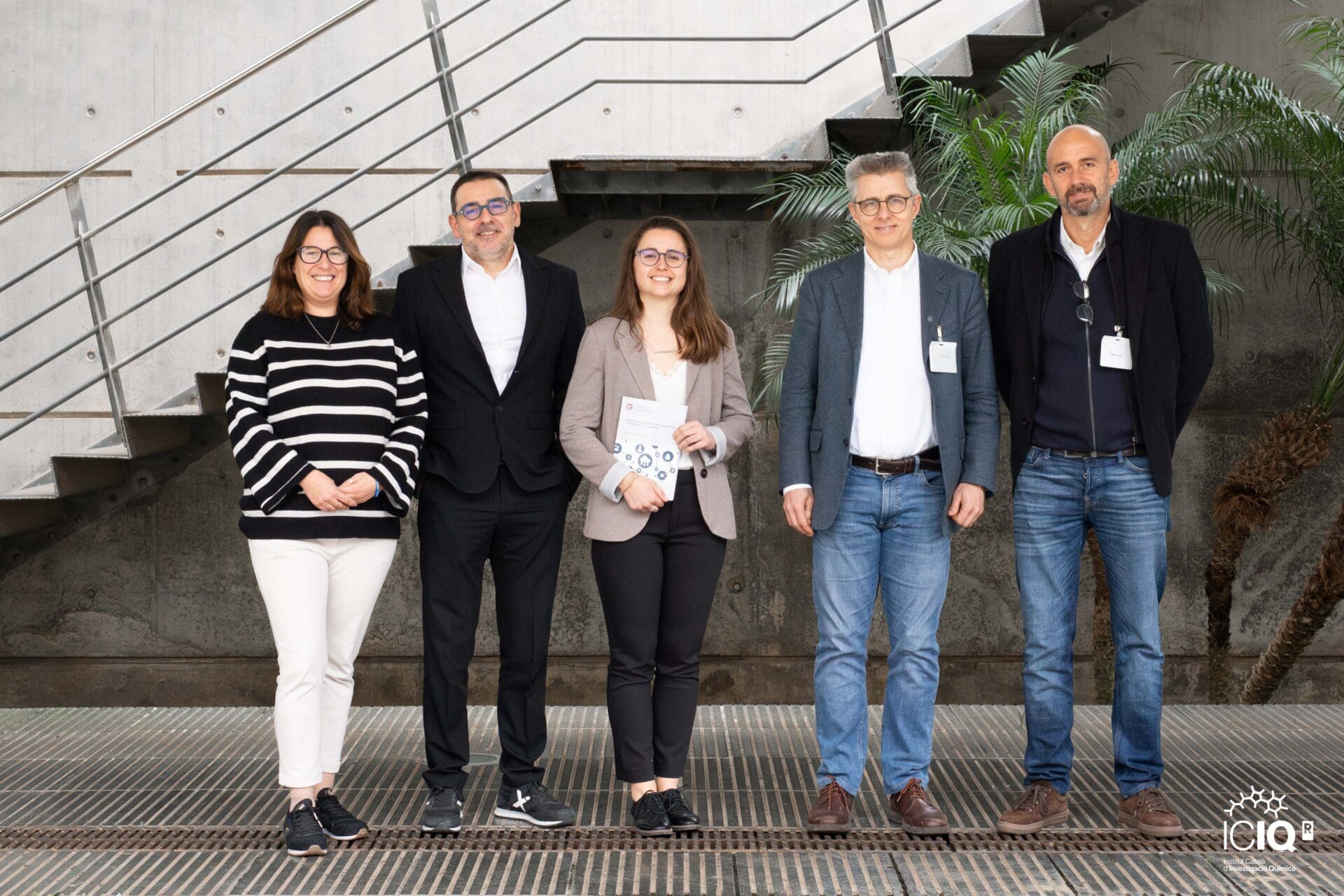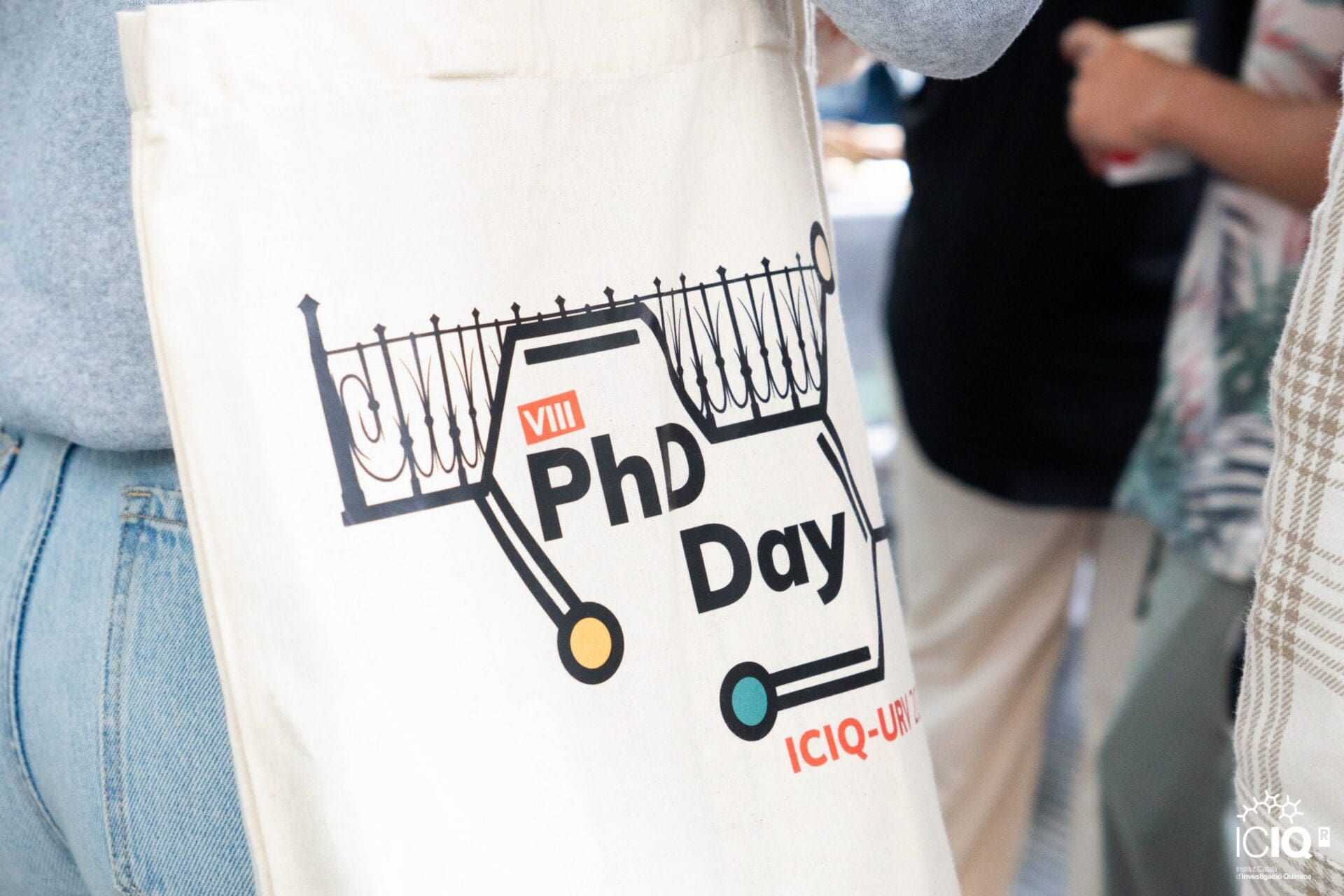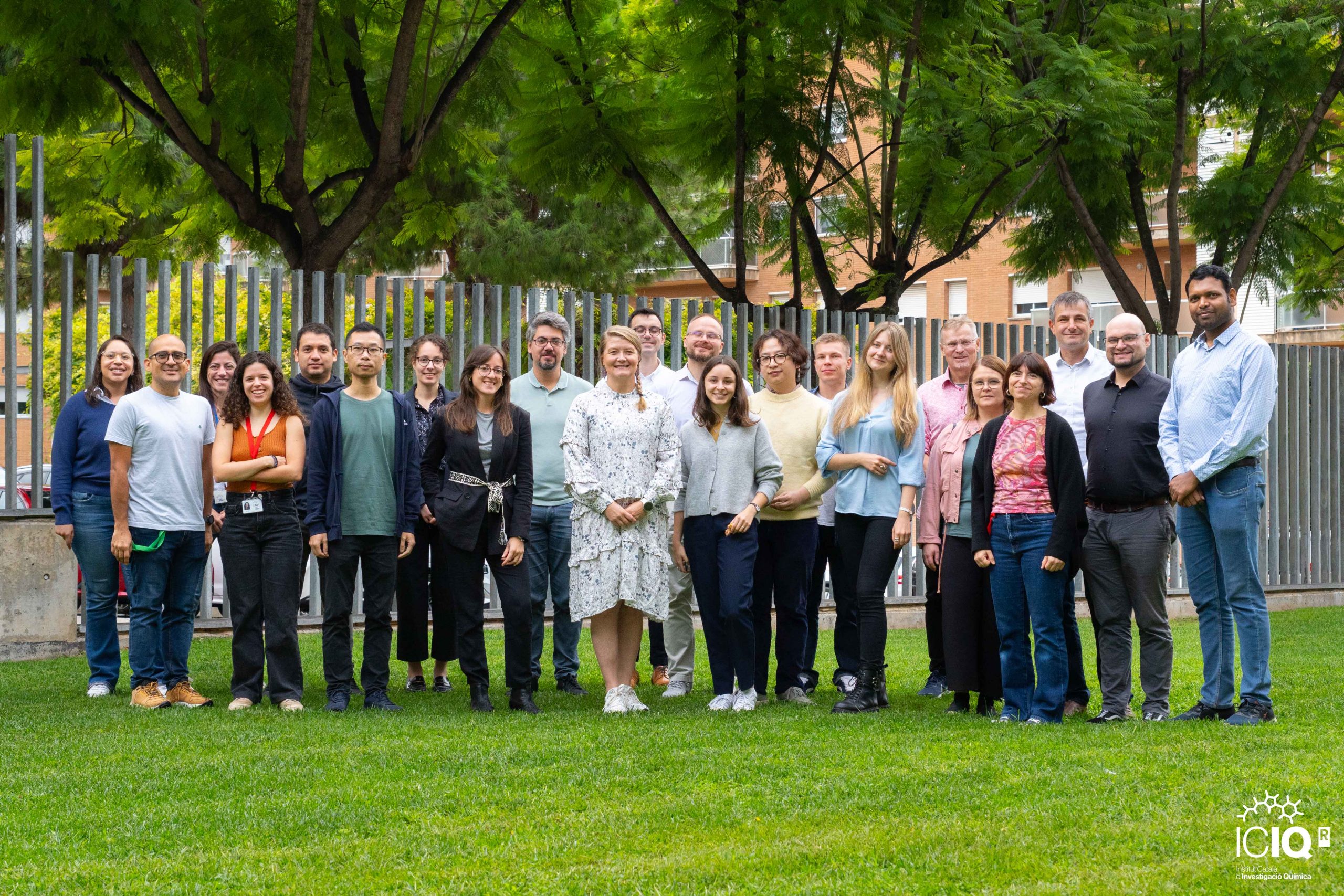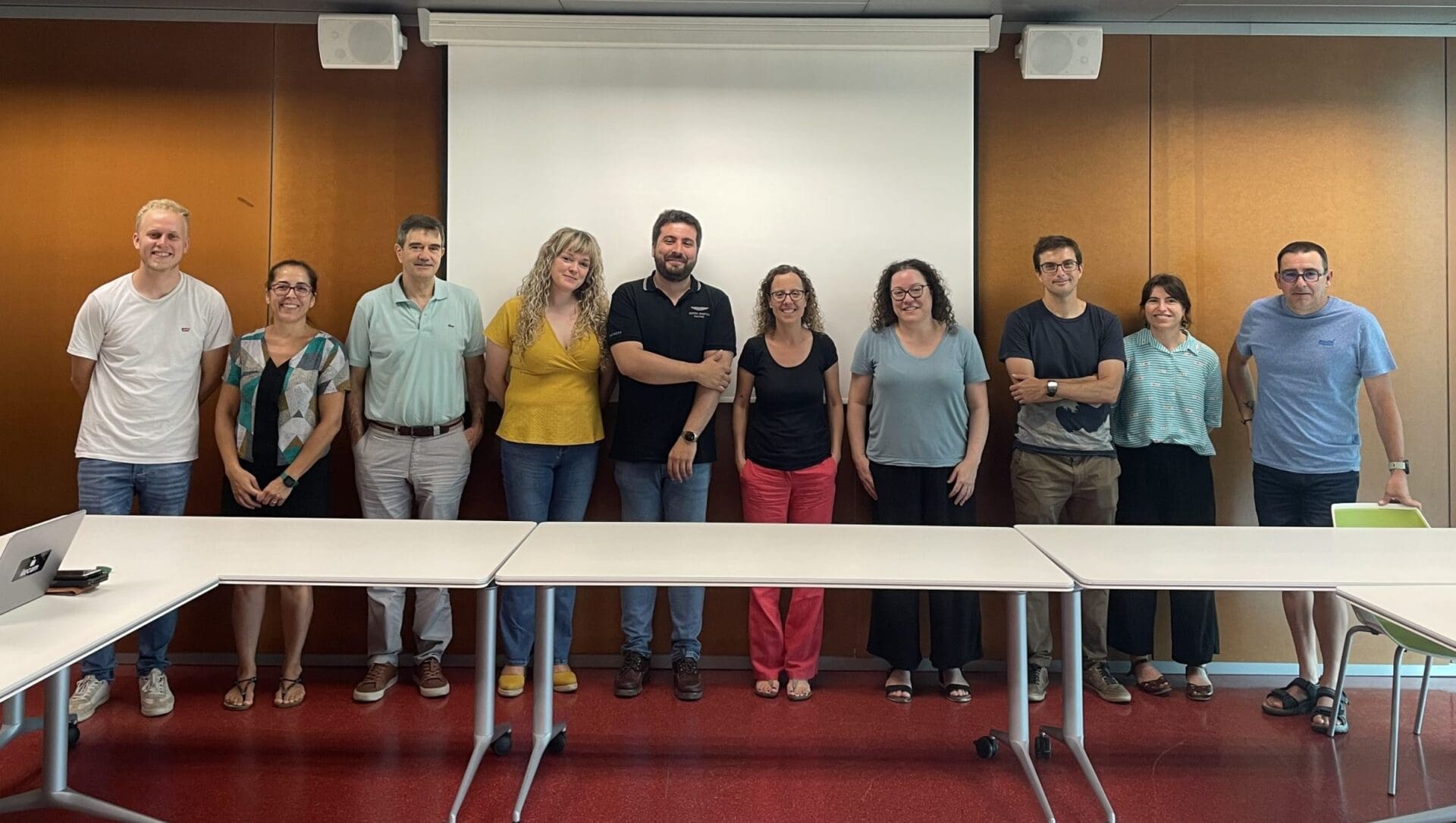Understanding how to improve perovskite solar cells
The research group of Prof. Emilio Palomares has identified one of the reactions that minimise the efficiency of perovskite solar cells. Therefore, this spontaneous reaction can be avoided when making solar cells.

Perovskite solar cells prepared by Prof. Palomares research group
A perovskite solar cell is a new type of solar cell that includes a perovskite like hybrid material that combines ammonium, lead and iodide ions as the light-harvesting active layer. Perovskite solar cells hold an advantage over traditional silicon solar cells in the simplicity of their processing. While traditional silicon cells require multistep processes, conducted at high temperatures in a high vacuum in special clean room facilities, the organic-inorganic perovskite material can be manufactured with simpler wet chemistry techniques in a traditional lab environment.
The use of methylammonium lead iodide (MAPI) perovskite-type semiconductor material has been the focus of increasing interest for the development of efficient solar cells. This semiconductor thin film can be used in different device configurations, but the best certified devices include a thin mesoporous layer of TiO2 onto the MAPI film layer. Although the increase in solar cell efficiency has been spectacular, and the improvement is far superior than that experienced in other such solar-cell technologies, the exact mechanisms that enable sunlight to be efficiently converted into electrical current have not been examined in such depth and there is still the scientific challenge of getting MAPI solar cells to perform to their maximum theoretical efficiency. A key aspect to reach this objective is to reduce the charge losses due to interfacial charge recombination reactions. There are several recombination pathways, being some of the most important the recombination reactions between electrons at the MAPI and surface states at the TiO2 layer.
In this work, Palomares research group demonstrates that when a thin layer of insulating Al2O3 is deposited onto the TiO2 surface it acts as a physical barrier that decreases the rate of the back electron transfer reaction. Thereby, the charge recombination lifetime decreases considerably, which improves the overall efficiency of the device. “In our group we believe that, as important as making solar cells with high efficiency, is to understand the processes that hamper these solar cells to reach their maximum efficiency” -says Prof. Palomares.
Decreasing Charge Losses in Perovskite Solar Cells Through mp-TiO2/MAPI Interface Engineering
J. M. Marin-Beloqui, L. Lanzetta, E. Palomares
Chem. Mater., 2016, 28, 207-213
Related news

Let's create a brighter future
Join our team to work with renowned researchers, tackle groundbreaking
projects and contribute to meaningful scientific advancements






 28-11-2024
28-11-2024 


















